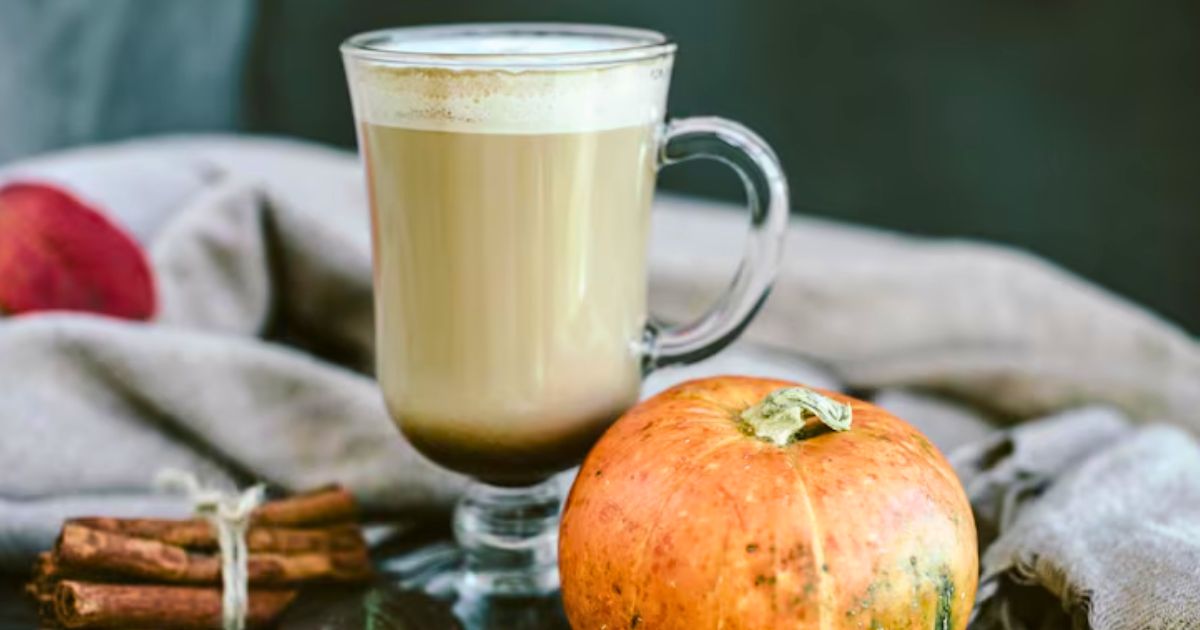If fall had a smell, it would be pumpkin spice! The cinnamon, nutmeg, clove, and nostalgia take over every coffee shop, grocery aisle, and candle shelf by September. Starbucks devotees count down to PSL (Pumpkin Spice Latte) season like it’s a holiday. But that warm fuzzy feeling comes with a serious markup. According to a LendingTree study, Americans are shelling out up to 76% more for pumpkin-flavored products than their regular counterparts. Researchers are calling it a “pumpkin spice tax.”
Matt Schulz (the study’s chief analyst) summed it up:
“I think retailers take advantage of that enthusiasm (…) by pricing pumpkin-flavored goods a little higher than other products. Americans aren’t that concerned (…) because these items keep flying off the shelves.”
Our taste buds might be driving us into debt, basically. The team analyzed 146 pumpkin spice products and found that the cozier the flavor, the pricier the product. Take Target’s Favorite Day trail mix, for instance. The regular version costs $5.39 for 14 ounces. The pumpkin spice one? $6.79 for 10 ounces. That’s 76.4% more for pretending your snack is wearing a scarf!
Trader Joe’s is another culprit. Their Pumpkin O’s cereal rings up 50% higher than regular Joe’s O’s. And if you’ve gone on a pumpkin spree at Trader Joe’s (pumpkin ravioli, pumpkin butter, pumpkin dog treats), you’ve spent more than you realize. Not all pumpkin goodies break the bank, though. LendingTree found that 33 items actually cost the same or less. This includes Trader Joe’s Pumpkin Spiced Joe-Joe’s, which are 18% cheaper than the chocolate-peanut butter version. There’s hope for your wallet if you know where to look.
dont let epic soy chungus redditors convince you that a pumpkin spice latte is somehow “cringe” or “basic”
the pumpkin, and by extension the pumpkin spice latte, is as american as the cheeseburger and apple pie. it is a drink for americans, a drink born of the fruits of america pic.twitter.com/9HWqXphDNO
— doomer (@uncledoomer) October 9, 2025
Still, prices are up faster than inflation. Pumpkin spice products are up 7.4% since 2024. In orange packaging, pumpkin spice wasn’t always a consumer trap. Like the spice trade, its origins are far-reaching. So, as we learn about its roots, The Food Historian claims that this mixture of cloves, ginger, nutmeg, and cinnamon originated in the Spice Islands of Southeast Asia and was first traded via routes ruled by Arab and Chinese traders before being (violently) taken over by European colonists interested in profit.
By the 18th century, spices once reserved for the elite became common in Europe and the American colonies. Pumpkin (a New World crop) met these imported flavors. That gave birth to pumpkin pie, aka the dish that would anchor the Thanksgiving table. The modern “pumpkin pie spice” blend was first commercialized in 1933 by the Thompson & Taylor spice company to simplify holiday baking. McCormick followed with its own mix to make a home-baked tradition into a supermarket staple. Then, Starbucks launched the Pumpkin Spice Latte in 2003. It wasn’t the first pumpkin-flavored drink, but it became a cultural phenomenon.
Twenty years later, pumpkin spice is found in dog biscuits and deodorant. However, its cost went up along with its reach. We pay for what began as a nostalgic treat that turned into a marketing treasure. Paying for comfort has an American feel to it. Shorter days, sweater weather, and a sense of “finally” are all tied to pumpkin spice. Brands are aware that they may hike their prices because of this. So, keep in mind that you are drinking from history, colonial economics, and marketing power the next time you hold a PSL.
It’s delicious, though…and diabolically clever!
NEXT UP: Princess Diana Had a Soft Spot for America – And One Fast-Food Place She Couldn’t Resist













